One thing has become abundantly clear in today’s fast-paced business world: customer engagement is the name of the game. It’s no longer enough to have a fantastic product or service; you need to connect with your customers on a deeper level to build lasting relationships.
That’s where the dynamic duo of sales and marketing come into play. These two powerhouse departments have the potential to boost customer engagement to new heights when they work together effectively. So, how can they join forces to create a winning strategy?
Customer engagement is the lifeblood of businesses today. It’s about making your customers feel heard, valued, and a part of your brand’s journey. And the magic happens when sales and marketing align their efforts…
The magic behind customer engagement
Before we dive into how sales and marketing can team up to boost customer engagement, let’s make sure we’re on the same page about what “customer engagement” actually means. It’s one of those buzzwords that gets thrown around a lot, but what’s the real deal? Customer engagement is like that secret sauce that makes your customers not just buyers but loyal advocates for your brand.
It’s about forming a connection with your audience that goes beyond a transaction. It’s the art of making them feel seen, heard, and valued. In a nutshell, it’s building a relationship. Think about your favourite brands for a moment. What keeps you going back to them? It’s more than just the product or service, right? It’s the entire experience. You might love the way they communicate with you, their content, or even their sense of community. That’s what customer engagement is all about.
Loyalty, advocacy, and retention are all fruits of effective customer engagement. Loyal customers stick with you through thick and thin. Advocates sing your praises to anyone who’ll listen, essentially becoming your unpaid marketing team. And retention? Well, that’s the golden ticket to long-term success. When your customers keep coming back, your business thrives.
Creating exceptional customer experiences
Alright, let’s break it down – what’s the deal with sales and marketing, and why are they so important in this grand scheme of customer engagement? First up, we’ve got the sales team. These folks are the real deal when it comes to closing deals (no pun intended). Their main gig is turning leads into paying customers. They’re the charming personalities who can answer all your questions, smooth over objections, and make you feel like you’re making the best decision of your life. In short, they’re the closers.
Now, let’s talk about marketing. They’re the creative masterminds behind all those ads, campaigns, and content you come across. Marketing’s job is to generate leads, which are essentially potential customers. They cast a wide net to attract these leads, nurture them, and get them to that magical point where they’re ready to buy. They create brand awareness and support the sales team by providing them with the tools, content, and resources they need to seal the deal.
Here’s where it gets interesting. While sales and marketing might seem like they’re on opposite ends of the spectrum, they’re actually two sides of the same coin. Both have the same goal: turning prospects into loyal customers. It’s a bit like a relay race. Marketing passes the baton to sales when the lead is hot and ready to be closed.
So, how can these two powerhouses work together like a well-oiled machine, complementing each other’s strengths? It’s not all rainbows and unicorns – they do have their challenges. The fun part is finding ways to bridge the gap, strengthen the collaboration, and create a seamless experience for your customers.
Bridging the gap between sales and marketing
Even though sales and marketing are essentially two sides of the same coin, they don’t always play together as nicely as we’d hope. It’s like having a brilliant guitar player and an amazing drummer in the same band, but they can’t seem to get in sync. That can be a real challenge for any business, big or small. So, what are some of the common hurdles these teams face when it comes to working in harmony?
For starters, there’s often a misalignment in goals and priorities. Marketing might be focusing on generating a large number of leads, while sales are concerned with closing deals and meeting quotas. This misalignment can lead to a disconnect in strategy and execution. The good news is that when sales and marketing align their efforts, magic happens. We’re talking about better lead quality, higher conversion rates, and, of course, improved customer engagement.
It’s like that beautiful moment in the band when the guitar and drums start playing in perfect harmony, and you know you’re in for an amazing song. The big question is, how do we get sales and marketing on the same page? It’s not as daunting as it might seem. It all starts with clear communication and collaboration.
Strategies for seamless communication
Creating harmony between these two powerhouses is no small feat. Regular meetings, shared goals, and feedback loops are like the rehearsals for that perfect performance. These strategies are the keys to bridging the gap and working towards a common goal – creating exceptional customer experiences. Here are some battle-tested strategies for fostering seamless communication between sales and marketing.
Regular check-ins
Picture this – a virtual coffee break where sales and marketing teams come together to sync up regularly. These check-ins are the heartbeat of collaboration, providing a space for teams to share updates, align on strategies, and address any concerns. It’s the modern-day water cooler chat, fostering connection in a remote or office setting.
Shared goals
Ever seen a rowing team where everyone paddles in a different direction? Not the most efficient, right? Shared goals are the compass guiding both sales and marketing toward a common destination. When both teams are aligned on overarching objectives, the synergy is unstoppable. It’s about understanding that the finish line is shared, and success is a collective effort.
Transparent feedback loops
Communication isn’t a one-way street; it’s a dynamic exchange. Transparent feedback loops create a culture where both sales and marketing can share insights openly. Sales can provide invaluable feedback on lead quality and customer interactions, while marketing can refine strategies based on real-world data. It’s a continuous loop of improvement that propels the entire team forward.
Armed with these strategies, you’re not just overcoming obstacles; you’re orchestrating a symphony of collaboration. The collaboration between sales and marketing is the secret sauce to elevating customer engagement. As you implement these strategies, watch the communication barriers crumble, paving the way for a more united and effective approach. Get ready to witness the transformative power of seamless communication in action, creating a rhythm that resonates with both teams and, most importantly, your customers.
Leveraging data and technology
We can’t talk about sales and marketing without mentioning the powerhouse that is data and technology. They’re the unsung heroes working behind the scenes to make our lives easier and customer engagement more effective.
Imagine having a crystal ball that tells you exactly what your customers want and when they want it. Well, data can be that crystal ball! Whether it’s understanding customer preferences, behaviour, or buying patterns, data provides insights that are pure gold for both sales and marketing.
But data alone isn’t enough. We need technology to make sense of it all. Customer Relationship Management (CRM) systems, marketing automation tools, and analytics platforms are like the magical instruments that turn raw data into actionable insights. They help us track customer interactions, segment audiences, and personalise our outreach.
The real magic happens when sales and marketing teams work together to harness the power of data and technology. That means integrating their tools and systems to share information seamlessly. When they’re on the same page and using the same data, they can create a synchronised and personalised customer experience that’s hard to beat.
Content collaboration
Let’s explore the power of content in boosting customer engagement. When it comes to creating meaningful connections with your audience, content is your best friend. So, what exactly is content in the context of sales and marketing? It’s everything from blog posts and social media updates to videos, podcasts, infographics, and more. Content is how you communicate with your audience, share your expertise, and tell your brand’s story.
Now, sales and marketing often have different perspectives on content. For sales, it’s about having the right materials to support their conversations with potential customers. They need engaging content that addresses customer pain points, overcomes objections, and helps to close the deal.
On the other hand, marketing uses content to attract and nurture leads. They create content that educates, entertains, and builds brand awareness. This content helps generate interest and trust with potential customers, making them more likely to consider your products or services.
Collaboration is key
The real magic happens when sales and marketing collaborate on content. They can work together to ensure that the content created for marketing purposes also serves the needs of the sales team. It’s about aligning the messaging and resources so that everyone’s on the same page.
Effective content collaboration also involves feedback loops. Sales can provide valuable insights on what’s resonating with customers and what’s not, which can inform marketing’s content strategy. This continuous feedback loop ensures that the content remains relevant and compelling.
It’s not just about creating content for the sake of it; it’s about creating content that truly resonates with your audience and moves them closer to becoming loyal customers.
Creating a unified customer experience.
Now, imagine you’re at a live concert, and every musician is playing their own tune, out of sync with the rest. It wouldn’t be music; it’d be chaos. The same principle applies to your customers’ experience. You want it to be harmonious, with every touchpoint resonating with the same melody. That’s what creating a unified customer experience is all about.
When customers interact with your brand, whether it’s through marketing materials, your website, or a conversation with a sales rep, they should have a consistent experience. That means a uniform tone of voice, messaging, and branding. Both sales and marketing teams play a vital role in maintaining this consistency.
Marketing sets the stage with their messaging and branding, and sales follows through by delivering a seamless experience in their interactions with customers. But creating a unified experience doesn’t mean one-size-fits-all. It’s also about personalisation. Each customer is unique, with their own preferences and needs.
When you can tailor your communication and offerings to each individual, you create a truly engaging experience. The ultimate goal is to put the customer at the centre of everything you do. You want to make them feel like you’re speaking directly to them and addressing their specific needs. It’s all about making them feel valued, understood, and appreciated.
Measuring and evaluating success
Okay, so you’ve got your sales and marketing teams working together, you’re leveraging data and technology, and you’ve nailed down your content and customer experience. But how do you know if all this effort is paying off? That’s where measuring and evaluating success come into play. Think of Key Performance Indicators (KPIs) as the compass that guides you on your journey.
KPIs are the metrics and indicators that help you understand how well you’re doing in terms of customer engagement. These could include conversion rates, customer retention, customer satisfaction scores, and more. One of the interesting challenges in the sales and marketing collaboration is defining shared metrics. Both teams should be on the same page when it comes to what success looks like.
If marketing is focusing on lead quality, but sales is all about closing deals, there might be a misalignment. So, finding common ground and agreed-upon KPIs is crucial. Here are some essential KPIs to measure customer engagement:
Customer satisfaction (CSAT)
What it measures: Overall satisfaction with your product or service.
How to measure: Surveys, feedback forms, or post-purchase emails.
Net promoter score (NPS)
What it measures: The likelihood of customers recommending your business to others.
How to measure: Based on a single question survey: “How likely are you to recommend our product/service to a friend or colleague?”
Customer retention rate
What it measures: The percentage of customers who continue to use your product or service over a specific period.
How to measure: (Customers at the end of the period – New customers acquired during the period) / Customers at the start of the period) x 100.
Conversion rate
What it measures: The percentage of visitors who take a desired action, such as making a purchase.
How to measure: (Number of conversions / Number of visitors) x 100.
Average order value (AOV)
What it measures: The average amount spent by a customer per transaction.
How to measure: Total Revenue / Number of Orders.
Customer lifetime value (CLV)
What it measures: The predicted revenue a business can expect from a customer throughout their entire relationship.
How to measure: (Average Purchase Value x Purchase Frequency) x Customer Lifespan.
Engagement rate
What it measures: The level of interaction and involvement customers have with your brand.
How to measure: (Number of Engagements / Number of Reach) x 100.
Churn rate
What it measures: The percentage of customers who stop using your product or service over a given time.
How to measure: (Customers lost during a period / Customers at the start of the period) x 100.
Social media metrics
What it measures: Engagement on social media platforms, including likes, shares, comments, and follower growth.
How to measure: Platform-specific metrics provided by social media analytics tools.
Click-through rate (CTR)
What it measures: The percentage of people who click on a link or call-to-action (CTA) in a message or advertisement.
How to measure: (Number of clicks / Number of impressions) x 100.
Remember, the key is not just to measure these KPIs in isolation but to analyse them collectively to get a comprehensive understanding of customer engagement across different touchpoints and stages of the customer journey. And measurement isn’t a one-time thing; it’s an ongoing process. Regularly tracking and analysing your KPIs allows you to adapt and fine-tune your strategies.
Remote professionals in sales and marketing
It’s safe to say that the world has seen some significant changes in the way we work. The days of being tethered to the office are long gone, and outsourcing to remote employees has become the new norm, even for sales and marketing professionals. Remote work has been on the rise for some time, and it’s not hard to see why. The flexibility it offers to both employees and employers is a game-changer.
Sales and marketing teams have embraced this shift, and they’re proving that they can be just as effective (if not more so) from the comfort of their own homes. Working remotely comes with its set of challenges, of course. The lack of face-to-face interactions can sometimes make collaboration and communication more complicated. However, with the right tools and strategies, these hurdles can be overcome. Plus, the benefits of remote work, like reduced commute times and increased work-life balance, can lead to happier, more productive professionals.
When it comes to sales and marketing collaboration in a remote work setting, it’s all about maintaining that strong connection. Teams need to ensure that they’re aligned on goals, that communication is efficient, and that they’re still creating those unified customer experiences. In a world that’s embracing flexibility and remote talent, many businesses have shown that they can still create meaningful connections with customers from a distance.
The dynamic relationship between sales and marketing
Sales and marketing working together is like music to our ears, creating a symphony of customer engagement. When these teams collaborate effectively, they can boost customer loyalty, advocacy, and retention, making customers not just buyers but brand advocates.
The bottom line: it’s all about alignment, communication, and a shared vision. It’s about recognising that your customers are at the heart of your business and making them feel valued at every touchpoint. It’s about using data, technology, content, and a unified approach to create a memorable customer experience.
As you move forward in your sales and marketing endeavours, remember that success is a continuous journey. It’s about evolving, adapting, and staying in tune with your customers’ needs and preferences. By focusing on customer engagement and working together, your teams can achieve remarkable results.







